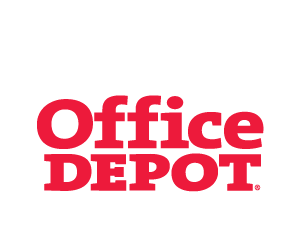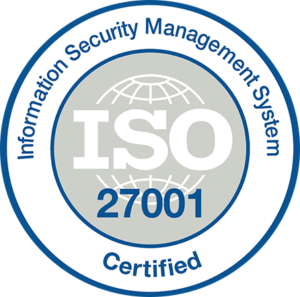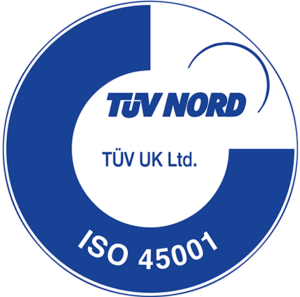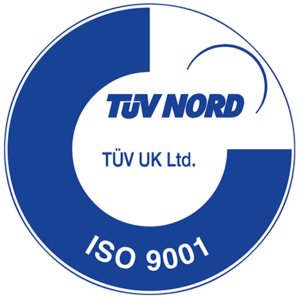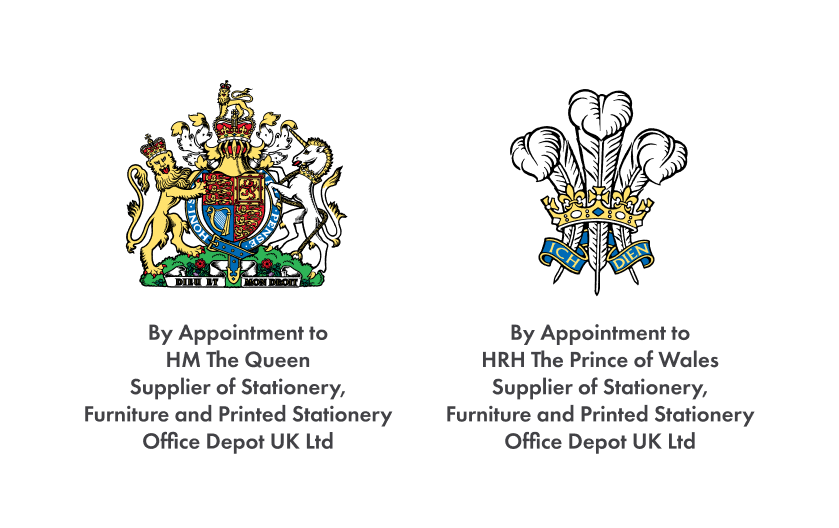And, as this target gains more momentum, so too does pressure from investors, shareholders, customers, and colleagues, for companies to push the sustainability agenda within their own supply chains — boosting the environmental, social, and economic performance throughout the entire lifecycle.
While incorporating sustainability into your procurement process may feel like a challenging feat, failure to act could be the biggest risk of all. With that in mind, here are five ways to foster a sustainable supply chain for your public sector organisation…
1. Partner with suppliers boasting strong warehouse capabilities
Being armed with innovative warehouse space can not only allow you to select from 100,000s of products under one roof, but also utilises state-of-the-art automation, increased delivery capabilities, and smarter packaging options —meaning sustainability is always at the forefront.
By consolidating deliveries and scheduling orders, you can guarantee products exactly when you need them, without creating wasteful journeys and contributing towards unnecessary carbon emissions.
At Office Depot, we’re deeply committed to improving our sustainability credentials – and our new
275,000sq ft flagship Ashton site is already helping us do just that.
2. Utilise smart procurement platforms
With the evolution of intuitive, purpose-built eCommerce solutions, it’s now easier than ever for procurement professionals to access a complete wraparound facility that connects teams with products, choice, value, and services that help businesses buy better.
While hosting extensive product ranges, smart procurement platforms can offer a clean user experience, with sophisticated search features, which allow visitors to filter products to fit their own environmental and sustainable agendas — flagging recycled products, carbon-neutral suppliers, SME brands, and Fairtrade goods.
Selected especially for their strong CSR credentials – from carbon efficiencies to ethical trading – such platforms can make it easier than ever for customers to do business for good.
3. Set up user restrictions
Sophisticated, user-defined approval criteria on said platforms — relating to product category, order value and order volume — give with the option to notify the authoriser via an email alert for immediate sign off.
These authorisation processes can even compel team members to only seek and purchase products with clear CSR elements which align with your own organisation’s sustainability agenda.
4. Onboard preferred suppliers into one single program
Organisations of all sizes rely on external parties to deliver business as usual to their customers — with lots of different cogs working simultaneously to achieve a shared goal. And, while you won’t have direct control over your suppliers’ operations, you can still encourage ‘best practice’ approaches to ensure your entire supply chain is as responsible as possible. Urge your trusted suppliers to register on a procurement portal — allowing them to promote their service to other environmentally conscious organisations, and in turn, allowing you to curb your tail spend and buy from one single source, like
Office Depot’s SmartPad.
5. Measuring environmental performance
Measuring the impact of all your environmental efforts is key to the puzzle, as investors, shareholders, customers, and colleagues, will respond to performance indicators to determine if the entire initiative is a success. Many procurement platforms have built-in analytics which measure and track the performance with key CSR environmental criteria in mind. Everything is designed to empower informed decision making when it matters the most.
Ultimately, people are talking about the environment more than ever before. When bidding for large procurement tenders, it’s a significant topic of conversation. And, while the procurement industry won’t achieve net zero overnight, it’s certainly a very exciting time to be a part of the supply chain.
Armed with Office Depot’s industry’s leading procurement engine, SmartPad, you will have valuable access to procurement data and dynamic business intelligence, so customers can continually buy greener and smarter and overcome barriers to strategic growth. And with an extensive network of trusted industry partners, all available in one place, the benefits of supply chain consolidation really do come to the fore.
